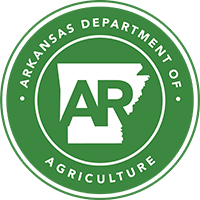Forestry
Protecting Arkansas’s forests, and those who enjoy them, from wildland fire and natural hazards while promoting rural and urban forest health, stewardship, development, and conservation for all generations of Arkansans
Agriculture / Forestry / Forest Health
Forest Health
The Forestry Division aims to maintain healthy, productive forest ecosystems by preventing, detecting, and suppressing damaging insects and diseases across all land ownerships. It is our goal to inform the public of potential forest health concerns and to notify stakeholders when their forest resources may be at risk.
Technical assistance is provided to landowners and timberland managers with insect and disease concerns.
Contact the Forest Health Specialist for assistance:
David Blythe
1 Natural Resources Drive, Little Rock, AR 72205
Email: David.Blythe@agriculture.arkansas.gov
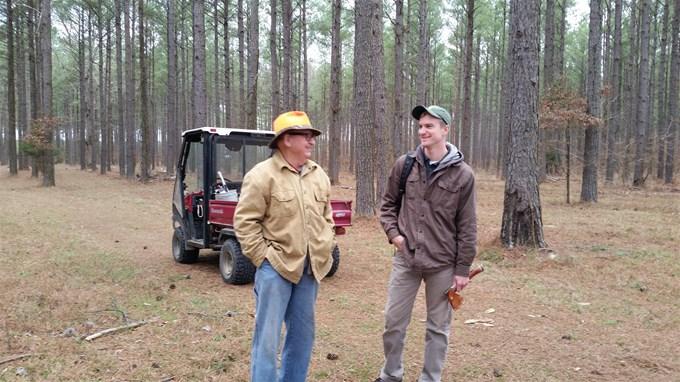
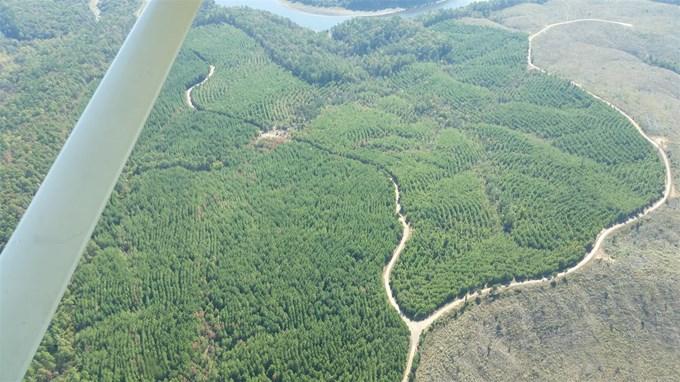
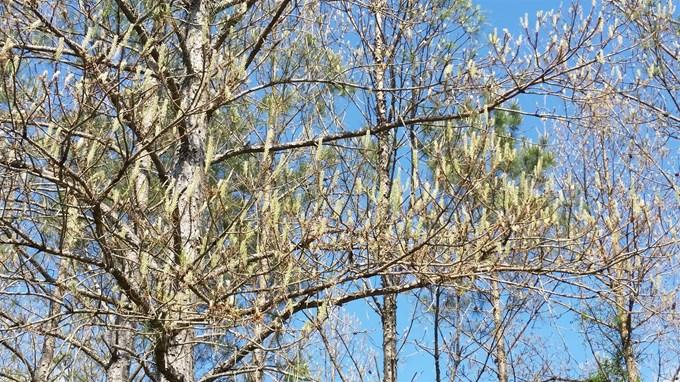
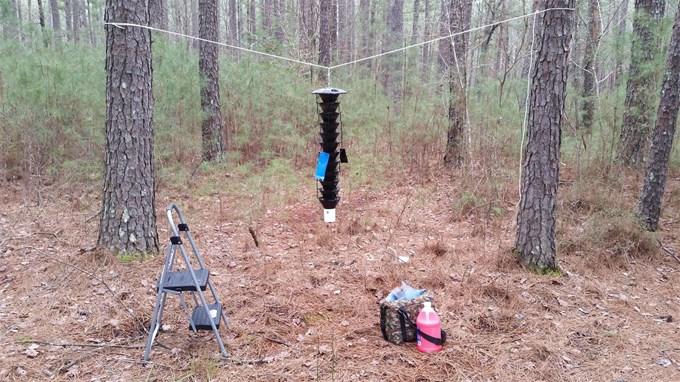
Forest Health Highlights
- 2023 (1 MB)
- 2022 (2 MB)
- 2021 (3MB)
- 2020 (1 MB)
- 2019 (2.09 MB)
- 2018 (2.1 MB)
- 2017 (2.11 MB)
- 2016 (1.74 MB)
- 2015 (1.28 MB)
- 2014 (913.87 KB)
A Pocket Guide to Arkansas Forest Health
The Pocket Guide to Arkansas Forest Health was released in 2022 and is a guide to insects, disease, and other tree-injuring factors in the Natural State. This handbook is designed to serve as an identification tool and includes example images of injury, potential causes, and management strategies. Download your free copy today!
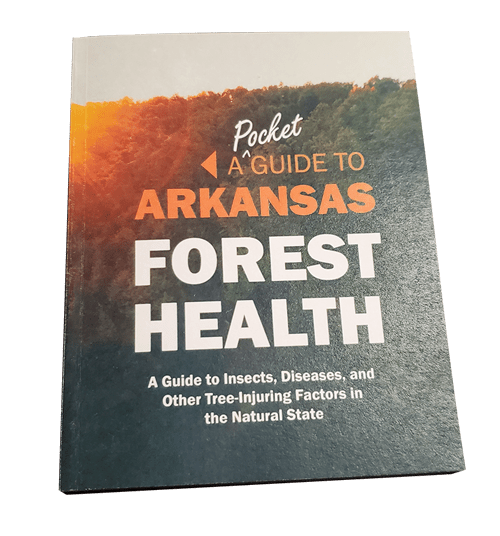
The guidebook was co-written by Chandler Barton, Forest Health Specialist for the Arkansas Department of Agriculture’s Forestry Division, with assistance from Southern Regional Extension Forestry and Clemson Cooperative Extension. Learn more about the guidebook.
Forest Pests to Know
Visit the Southern Forest Health Website, produced by our partners at Southern Regional Extension Service, for one of the best online resources about forest pests of the south.
Pine Bark Beetles in Arkansas
Southern pine beetle is recognized as the most damaging forest pest in the South. Fortunately in Arkansas, this beetle has not been a problem since the mid-1990s. However, Arkansans do witness outbreaks of another bark beetle, the Ips pine engraver beetle. When someone sees a dying, red-colored pine tree in Arkansas, you can be certain that the Ips pine engraver beetle has infested it. Ips pine engraver beetles include three species of bark beetles that periodically kill pine trees, typically after drought conditions. For information about southern pine beetle and Ips pine engraver beetle, check out the following fact sheets published by our partners:
University of Arkansas Cooperative Extension Service - Pine Bark Beetles in Arkansas
Southern Regional Extension Forestry - Ips in the Southeastern U.S.
Emerald ash borer is widely discussed in Arkansas. This non-native beetle will kill ash trees in Arkansas. Eradication of this beetle is impossible, and we will eventually see it infesting ash in every Arkansas county. Prevention is possible on single trees with an insecticide treatment. Please contact your county forester for more information. Here is an important link for more information below:
Emerald Ash Borer Information Network
Laurel wilt disease, a pathogen carried by the redbay ambrosia beetle, is currently moving through Arkansas. Both the disease and the beetle are non-native and are a serious threat to trees in the Lauraceae family. The biggest concern for Arkansas is the potential loss of sassafras due to this disease. For more information please see the following fact sheets published by our partners:
University of Arkansas Cooperative Extension Service - Laurel Wilt of Sassafras
Southern Regional Extension Forestry - Laurel Wilt and Redbay Ambrosia Beetle
For more information on invasive plants:
A Field Guide for Invasive Plants in Southern Forests
Remember: Don't Move Firewood
Many of the invasive pests that threaten Arkansas’s forests can be introduced and spread by the movement of wood. Since most invasive pests do not move very far on their own annually, human-involved movement can disperse pests to new areas and cause outbreaks. The Forestry Division discourages the movement of firewood over long distances and urges the public to burn wood near its source. Learn more.
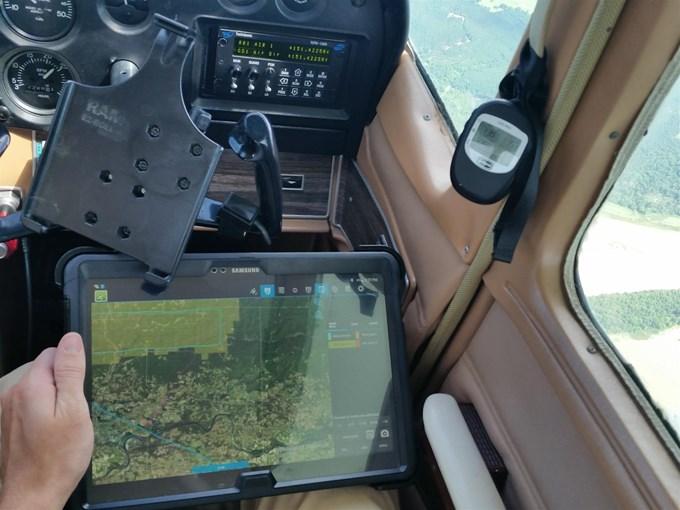
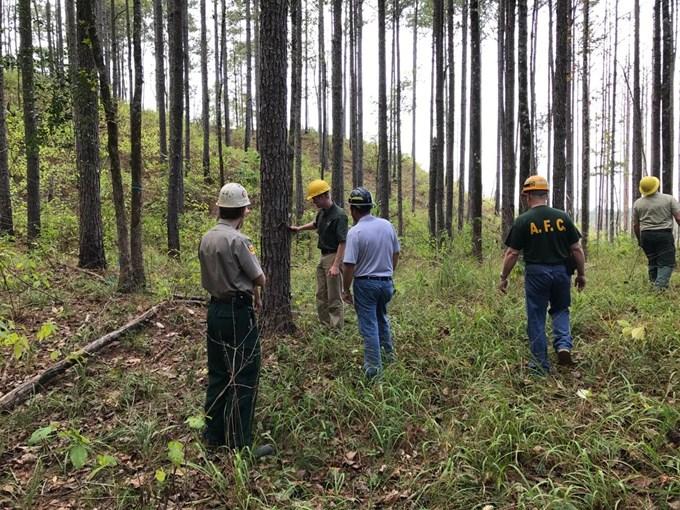
This program is made possible through a grant from the USDA Forest Service.
